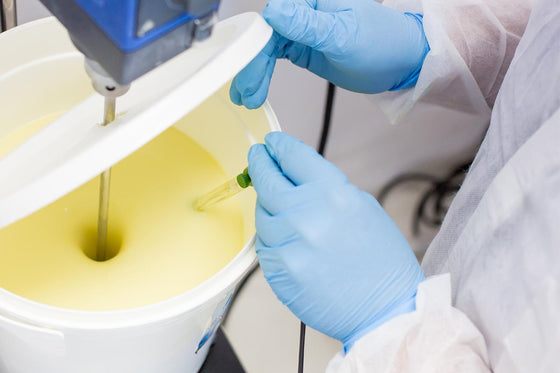
A woman’s oestrogen (or estrogen) and progesterone levels rise and fall with her menstrual cycle (peaking before and after ovulation, respectively) and levels of both hormones increase markedly during pregnancy.
Menopause
At menopause, a woman’s oestrogen and progesterone levels fall, leading to symptoms such as:
Women who experience an early menopause (younger than about 45 years of age) may have increased risks of mortality and certain diseases compared with those who experience it at an older age.
Menopausal and post-menopausal women may be prescribed oestrogens (with or without a progestogen) to boost their hormone levels and relieve symptoms. Such hormone replacement therapy (or HRT) also prevents osteoporosis and is thought to decrease the disease risks associated with early menopause.
There are many forms of HRT, differing in the source of the hormones used (synthetic, natural, or conjugated equine), in whether or not a progestogen is included, and in how the hormones are delivered – orally, injected, across the skin, absorbed from the mouth, or transvaginally.
This array of therapies complicate how one interprets the available studies on the benefits and risks of HRT. It is difficult, for example, to generalise about the safety of physiological human hormone supplementation when the majority of large studies have used synthetic or conjugated equine oestrogens and/or synthetic progestins. The route of administration may also influence the risks of HRT, as dose forms that transfer oestrogens across the skin, mouth or vagina avoid oestrogenic overload effects on the liver (which may, for example, lead to an increased risk of abnormal blood clots).
The consensus medical opinion is that when delivered appropriately, HRT’s benefits for menopausal and post-menopausal women exceed its risks.
Recently there has been interest in so-called “bioidentical” HRT, using only the chemical forms of hormones normally found in the human body, as these forms are claimed to have fewer undesirable side effects compared with synthetic or conjugated forms.
When commercially available therapies have been tried and have failed, and when in consultation with an endocrinologist, some doctors may look towards Bio-identical HRT. Indeed, some people find bio-identical HRT more tolerable than many synthetic HRT preparations.
Another recent development in HRT is in custom-made bioidentical HRT: the supplementation of the range of biological oestrogens and progestogens as needed, with continual blood level monitoring supervised by a doctor, to maintain a woman’s measured hormone levels within the “normal” (or pre-menopausal) range.
Custom-made bioidentical HRT usually consists of one or more normal physiological human hormones in a combination to suit your body. Some custom HRT combinations for women may also include the combination of an androgen, which may help with mood or libido.
It may be taken or applied in a range of of dose forms including capsules, troches, creams, gels and pessaries. Creams and gels are often dispensed in metered applicators to ensure accurate dosing.
Everyone’s hormones are unique. By working closely with your doctor, your HRT can be as optimised and individualised as it should be.
Please contact us for further information.
Comments will be approved before showing up.

Medicinal cannabis products are legal, high quality medicines that can be prescribed for people by their doctor. Medicinal cannabis is derived from cannabis plants and can be used to treat the symptoms of certain medical conditions, and the side effects of some treatments.
